Lesson 4: Aboriginal Communities of the Past and the Present
Grades: 4 – 7
Outcomes:
- Students will analyze the relationship between the economic development of communities and their available resources.
- Students will recognize the positive and negative aspects of continuities and changes for different groups in the past and present (continuity and change).
First Peoples’ Principles of Learning:
- Learning ultimately supports the well-being of the self, the family, the community, the land, the spirits, and the ancestors.
- Learning involves recognizing the consequences of one’s actions.
- Learning recognizes the role of Indigenous knowledge.
Brief Description: This lesson examines the work of the Sq’éwlets people and archaeologists to unearth the history of their world, S’ólh Téméxw. Emphasis is placed on the importance of caring for the sacred site Qithyil throughout this process. Students will create a visual timeline to show the development of the Stó:lō world, S’ólh Téméxw, and the Sq’éwlets community over time and how this community archaeology project contributed to the creation of that timeline.
Sequence of Activities:
- Have students complete an anticipatory set (true or false questions regarding the lesson’s upcoming content) at the beginning of the lesson. At the end of the lesson, students will return to and revise their anticipated responses.
- Show students the video detailing Archaeology at Sq’éwlets. Have students summarize the key parts of the project (mapping, ancestor mounds, wet site, and plank houses). Identify that as a class we are going to investigate this project using the website.
- Break students into groups of 5. Each group will be responsible for creating a poster board summary of the project. Within each group, each student will be responsible for completing one part of the project. Share with students the following list of resources to use as well as the required ‘final pieces.’ Once all pieces have been created, the whole group will put together the final poster board. The five jobs are as follows:
Role Resources What to do… Project overview - Review page and video for the archaeology project
- Read through key components on that same page
- Watch videos on Sq’éwlets culture today, including canoe pulling.
- Create a timeline with a minimum of two pictures showing the ancient history of the Qithyil site
- Identify three key points regarding how this history is still a part of Sq’éwlets Peoples today, and three key points regarding how things are different
Ancestor mounds Read through and view the videos attached to the ancestor mound section.
- Create diagram showing structure and contents of ancestor mound
- Identify five key points learned from the ancestor mounds
Wet site Read through about the wet site
- Draw three pictures to show objects found at the wet site
- Identify three things you learned ABOUT conducting research at a wet site
- Identify three things the researchers learned about Sq’éwlets history
Plank Houses Read through the Ancient Village.
- Create two diagrams showing the two different plank houses
- Identify five key points learned from the village explorations
Protecting the sacred nature of the area Read through and watch the videos for information regarding caring for the archaeology site
- Create two drawings showing important customs for working at the Qithyil site
- Identify three ways of respecting the Qithyil site
- Describe why it was important for these customs to be implemented throughout this project (minimum of three)
- Once the poster boards have been created, complete a gallery walk of the projects.
- Assessment: Have students complete a three paragraph summary overviewing what they learned from this archaeology project. Their overview should reference the following: why the project was undertaken, the protocols involved in completing the project, the three different types of investigations (wet site, ancestor mounds, houses) and what was learned from each, what they learned about being an archaeologist, and key points for working collaboratively with a community.
- In small groups have students share their three paragraph summary. What were similarities and differences? Share out as a class.
Possible Extensions: (a) Have students work in pairs. If, in 5,000 years, the site of their home were to be excavated…what belongings (artifacts) would be found? What might that say about you? What protocols would you want those archaeologists to take given that they are exploring a site personal to you? Share out may include pictures or diagrams. (b) Explore the traditional knowledge labels. Have students look through the site to find these labels. Share in small groups. Write a paragraph response explaining why these labels were included with the site. Why was it important for the Sq’éwlets people?



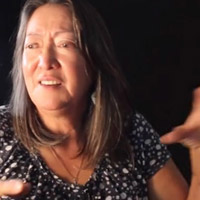 Lesson 1:
Lesson 1: Lesson 2:
Lesson 2: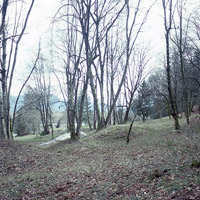 Lesson 3:
Lesson 3: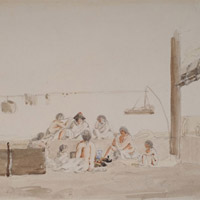 Lesson 4:
Lesson 4: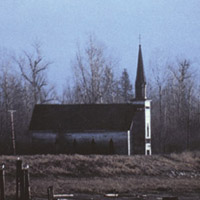 Lesson 5:
Lesson 5: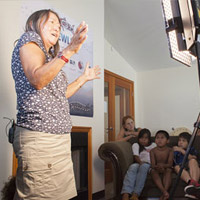 Lesson 6:
Lesson 6: